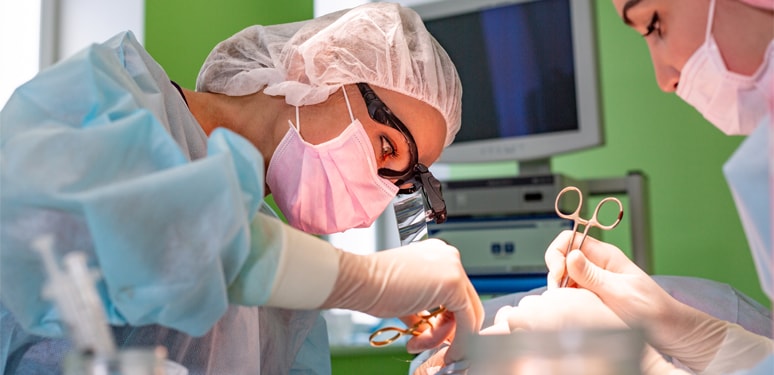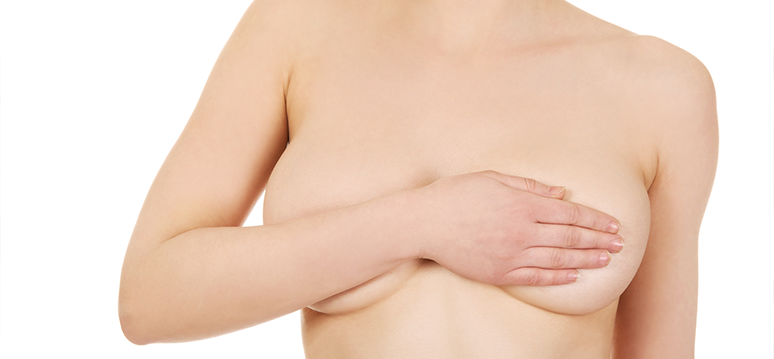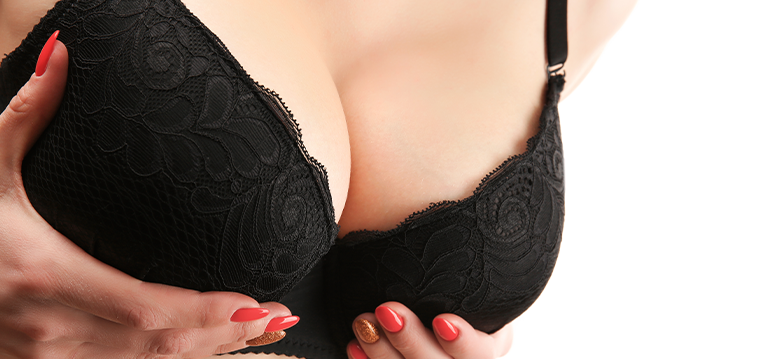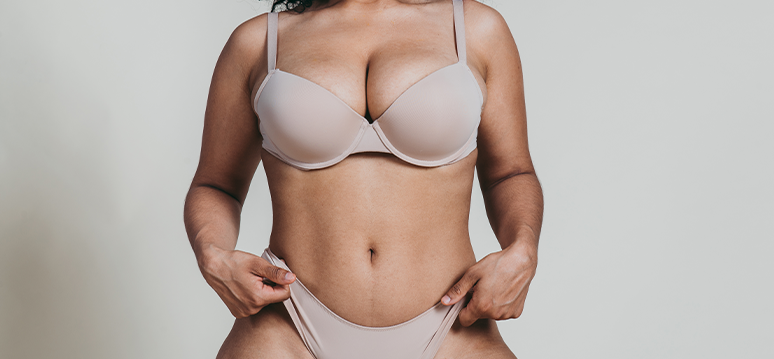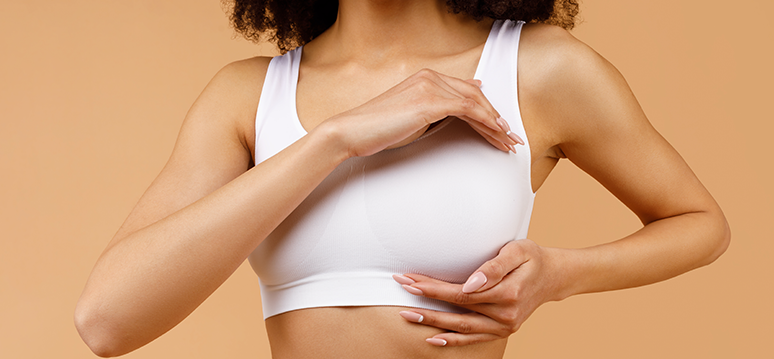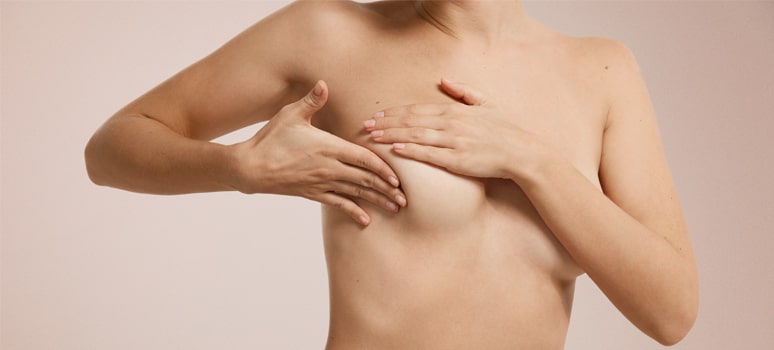In 2018, over 300,000 women underwent breast augmentation surgery in the United States alone. As one of the leading cosmetic procedures available today, the science and technology around enhance breast augmentation has seen continuous innovation that began with the creation of the first breast implant in 1961. One of the most common products currently in use today is the dermal matrix, skin-like grafts that improve recovery time and vascularization (the formation of blood vessels).
In recent years, we have seen continued advancements in the designs of the dermal matrix. A standout example of an acellular dermal matrix is Strattice™. Strattice™ is a reconstructive tissue matrix (RTM) specifically designed to enhance breast augmentation, provide additional healing and support for breast implants.
How Does Strattice™ Work?
Strattice™ comes in a variety of types that can be utilized depending on the procedure and patient needs. The efficacy of Strattice™ can be traced to its derivation from pig skin, which has long been used to heal wounds and severe burns due to similar characteristics with human skin. In order to be suitable for internal use, all living cells are scraped and sterilized from every Strattice™ graft. This leaves behind a stretchy yet tough patch of non-reactive and non-allergic collagen that incorporates your body’s tissue and blood vessels.
When used in augmentation surgery, Strattice™ forms a foundation around the implant that prevents drooping, rippling, or rotation. In addition, it protects the implant from capsular contracture, as any scar tissue is more likely to form around the tissue matrix. The final shape of Strattice™ also hides the presence of the implant while perking up the breasts, often comparable to an internal bra. Over time, the tissue matrix will be incorporated naturally into your body.
Are There Alternatives to Strattice™?
There are multiple acellular dermal matrices available derived from animals including porcine (pig), bovine (cow), ovine (sheep), and human skin. All of these have different incorporation profiles. Some incorporate slowly into the human tissue, some faster. Some provide the implant with more support, some with less. The most common types used in the breast for tissue support are the human acellular dermal matrix and porcine acellular dermal matrix (i.e. Straticce).
Plant-based tissue matrices are quite effective, but act slower and do not harden to the same degree as Strattice™. After a few years, the material may erode and cause the implant to drop dramatically. Synthetic matrices, on the other hand, may not always be compatible with all patients. Some may experience faster or slower tissue formation than others, and in other cases, more grafts may be required to achieve the same results. This is why, despite the alternatives, Strattice™ and similar acellular dermal matrices were used in 60% of all breast reconstruction procedures in the past decade.
A similar yet different product that is used in breast reconstruction is the tissue expander. It is an empty silicone shell placed within the breast, and slowly filled with saline water over weeks, if not months, to stretch the surrounding skin. The tissue expander will be removed once the breast reaches the desired size and shape, and replaced with an implant of choice. In the US, 65% of all breast reconstruction procedures use tissue expanders. These two techniques can be combined to further enhance the aesthetic results of breast augmentation, as the skin will no longer stretch in response to the additional weight of the implant while Strattice™ or other acellular dermal matrix creates a solid foundation and enhanced healing.
Always Consult Your Surgeon
For many women, the use of Strattice™ has allowed them to experience the long-term benefits of breast augmentation surgery. Because the use of dermal matrices is not often discussed, the concept and usage of Strattice™ and its alternatives may seem daunting, so always raise your concerns with your board-certified plastic surgeon.
This is especially true if you are having breast reconstruction or have had capsular contracture with your implant before. The initial consultation is always the first step to understanding each facet of your breast augmentation procedure. By addressing your concerns, we can develop a surgical plan to ensure you attain only the best and most natural-looking results.


